This summer, I spent some time in Armenia as a side-trip from Georgia in the Caucasus region between Europe and Asia.
I had zero expectations coming in, but I had such a great time there — and not just because I got caught up in the biggest water fight I’d ever seen!
Armenia is quite poor and still emerging from decades of dictatorship — and, to be honest, it might not quite be ready for mainstream tourism. However, if you’re a backpacker or a curious traveler, chances are you’ll love exploring this delightfully pure and offbeat destination.
So, is Armenia worth visiting?
Here are my 5 reasons why I loved traveling there.
1. The fascinating capital Yerevan
At first sight, Yerevan may seem like a fairly grey post-Soviet city. With its many wide avenues it might lack some of the charm and intimacy of Tbilisi in Georgia, but it’s nevertheless a fascinating city, famed for its cafe culture and great cuisine.
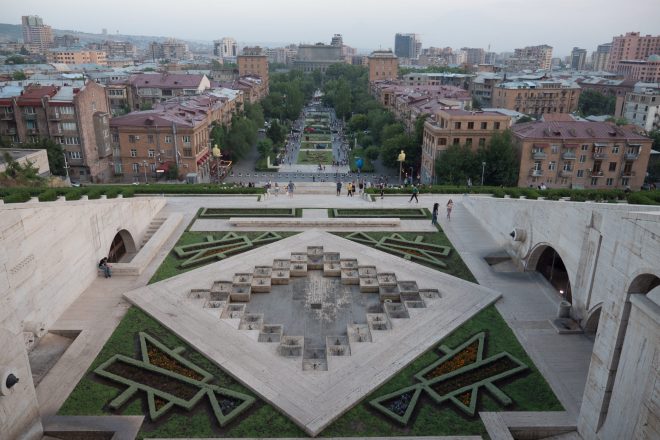
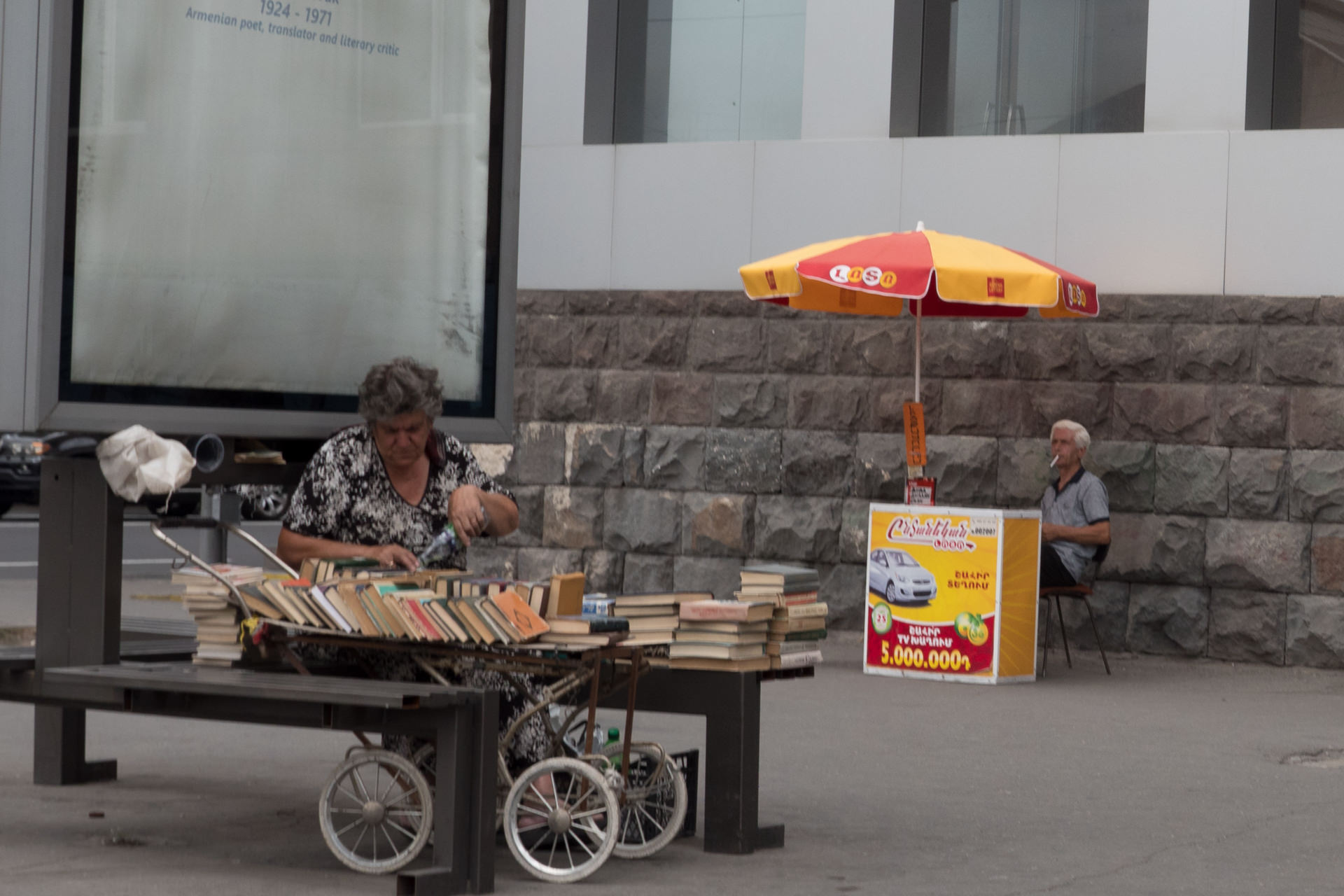
The one place that will give you a great view of the city is the Yerevan cascade complex, a series of limestone stairways built during Soviet days and more recently renovated. It’s highly worth catching the sunset here and people-watching as the locals chill all along the stairs.
At its foot is also a pleasant square with restaurants and several Botero sculptures, reminding me faintly of a similar square in Medellin, Colombia.
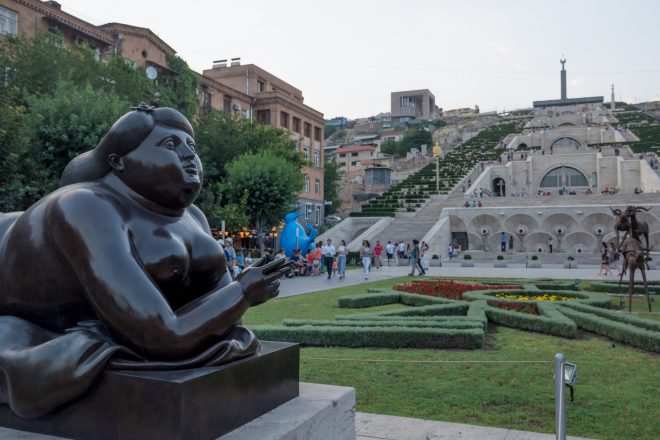
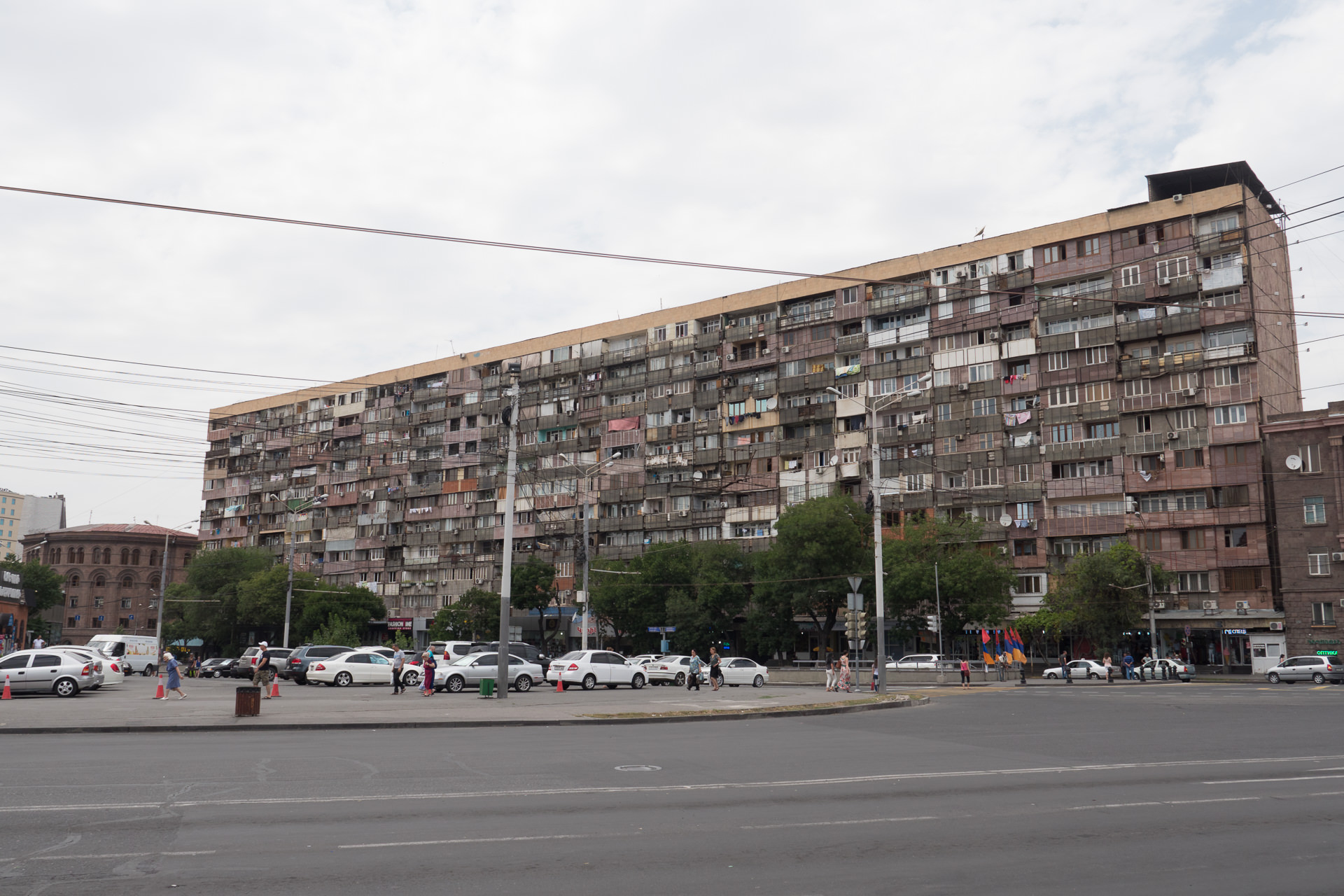
The History Museum of Armenia along Republic Square has a great collection of archaeological artifacts and will give you insight into the ancient history of the country. I enjoyed spending several hours here.
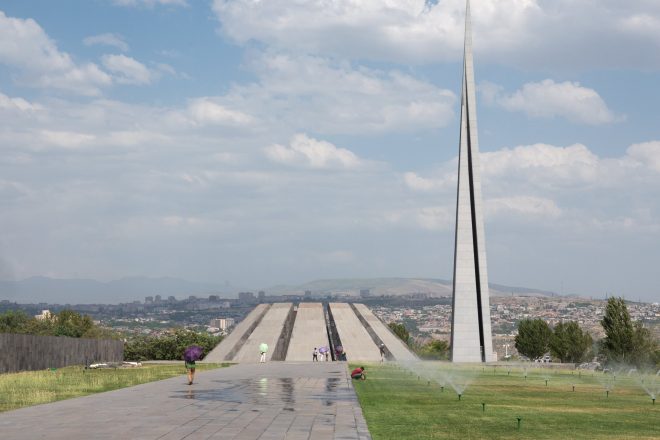
Finally, to understand Armenia’s more recent history, it’s absolutely essential to visit to the Armenian genocide museum.
I had been more or less aware of the genocide and Turkey’s continued denial of it, but had not connected with the events on a deeper level until I saw this exhibit.
The systematic extermination of 1.5 million Armenians by the Ottoman Empire took place around the time of WW1, and may have also set the stage for Hitler to commit the Nazi Holocaust. The powerful museum experience tells the story through photographs, documents, newspaper reports, and films.
2. The biggest water fight I’ve ever seen
On a lighter note, while it was entirely unplanned, I was lucky enough to arrive in Yerevan just in time for the annual water festival of Vardavar.
I had no idea how big or just how much FUN it would be. I spent most of the day grinning ear to ear!
The mayhem began as soon as me and my friend left our hostel in the morning to look for some breakfast. Along the pavement a woman stood in our way holding a big hose, gesturing as though to say ‘come get some’. Moments later we found ourselves under heavy fire, not just from her hose but also from the balconies up above, from which multiple enemies dropped their water bombs.

Me, my friend, and a couple of other travelers we met soon joined the fray, armed with buckets and water pistols. It turned into an afternoon filled with delightful, stupid fun.
Vardavar basically turns the entire city into one big water fight. While ostensibly intended for children, there were people of all ages, including some not-so-friendly grannies armed with super-soakers wreaking some serious havoc.
The battles concentrated around several squares with lakes or water fountains, though pretty much all of Yerevan becomes a potential battleground. And no one cares if you’re part of the festivities or not — everyone’s a target.
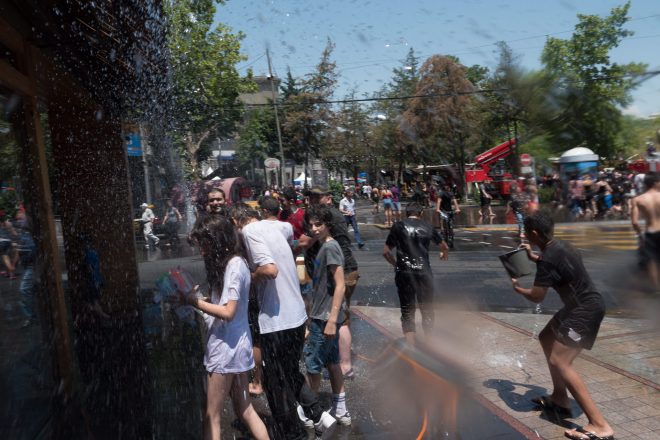
Vardavar is held during the hottest period of the year. We’d heard there had been some concern over water shortages, and that people had been saving water just for the event, which speaks to the importance given to the event by Armenians.
I loved that policemen didn’t just stand watch, but joined in too. Eventually, fire trucks arrived, blasting everyone with their water cannons.
It’s essentially Armenia’s version of Songkran in Thailand and it takes place on varying dates in July.

3. Taking the old sleeper trains
I decided to travel to Armenia by night train from Georgia’s capital of Tbilisi. This is, admittedly a terribly inefficient way to do it.
The bus between these cities goes in pretty much a straight line, taking just about 5 hours. The train follows roughly the same route until about halfway when it suddenly goes “NOPE” and veers all the way to the Western border with Turkey. It then goes down roughly along the border, then all the way back East again, arriving at the capital only after tracing a huge circle.
It takes at least 10 hours to go the long way around by train, though I’m going to say that it is absolutely worth it.
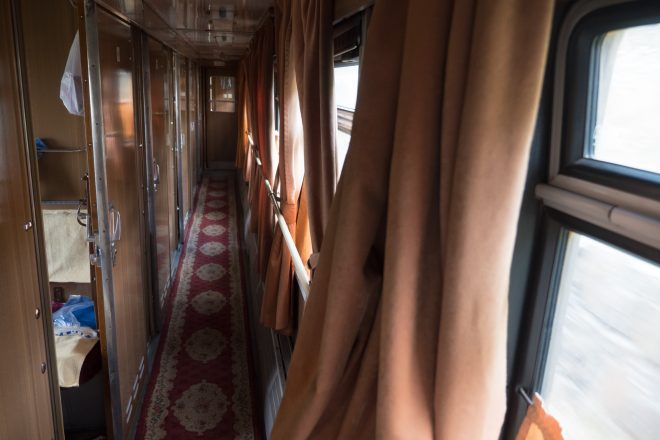
The journey is comfortable enough, but it’s the overall experience that makes it so worthwhile. The carriages still date back to Soviet days, with wood paneling, brown curtains, and red carpets. An overly aggressive attendant ushered us to our berth like sheep, providing us with just a bottle of water and a bag of sugary sweets for the journey.
At the border, customs officials checked not just our passports but carefully inspected the pink security seals plastered all over the cabin panels, an intriguingly low-tech smuggling prevention technique.
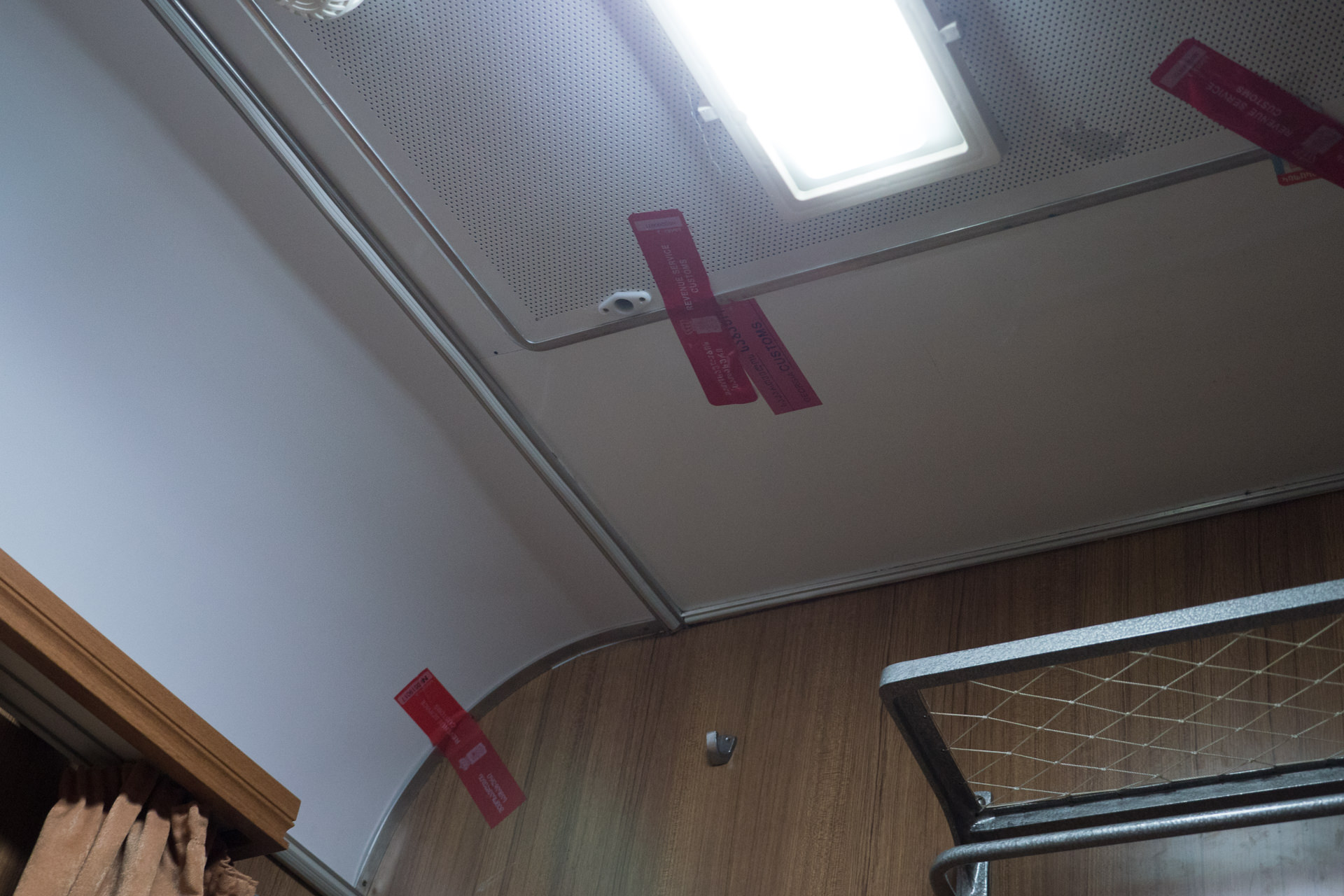
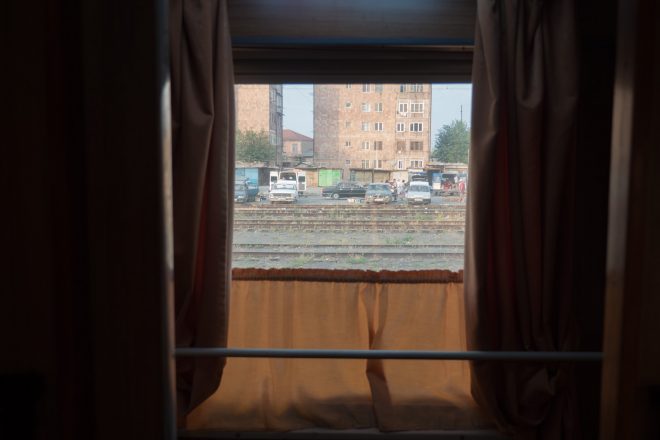
Spending any time on an old sleeper train always has a way of making me feel like I’m on the Orient Express. When I passed each berth on the way to the toilets, it was like I was flicking through a carousel of different characters from a movie, perhaps one directed by Wes Anderson. Quotes from the travelogue The Great Railway Bazaar floated through my mind, further enhancing the fantasy. In reality, my time aboard was quite uneventful and spent mostly playing Scrabble on my friend’s iPad, but the journey was lovely regardless.
The sleeper train departs Tbilisi at 20:20 and arrives Yerevan at 06:55 the next day. I woke up early so I could watch the changing scenes in the train window. With a bit of luck, you see the morning light hit Mount Aragat in the distance.
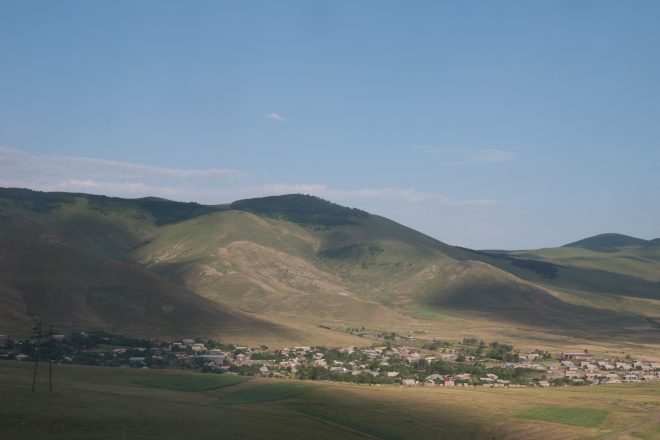
4. Visiting the ancient sites
When I wasn’t getting doused in water by countless strangers in Yerevan, I also managed to explore the surrounding region, going temple- and monastery-hopping.
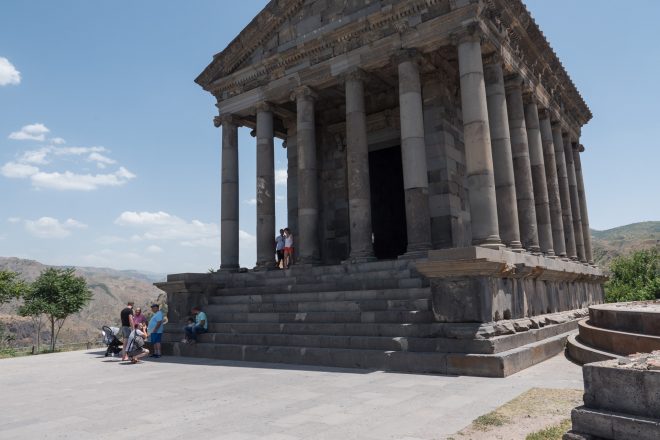
Garni Temple and Geghard monastery are easily combined into one trip. You could visit them as part of an organized tour, but I found it easier to just pay a taxi driver to take us there and back (I believe the cost was under $10).
Garni is a Greco-Roman temple dating back to the 1st century AD. If it seems remarkably intact, that’s actually because it was reconstructed a few decades ago, after which it became a prime tourist attraction.
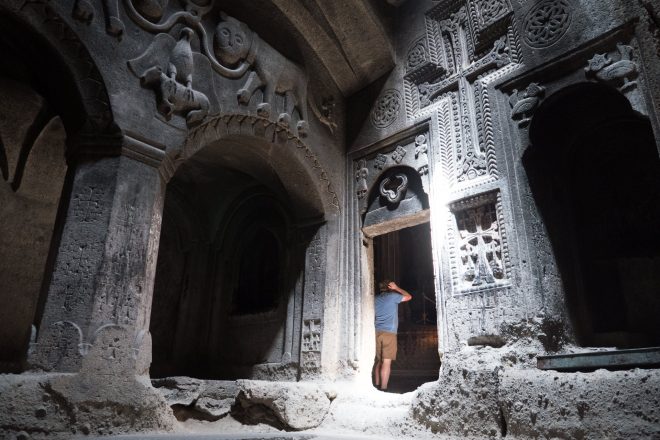
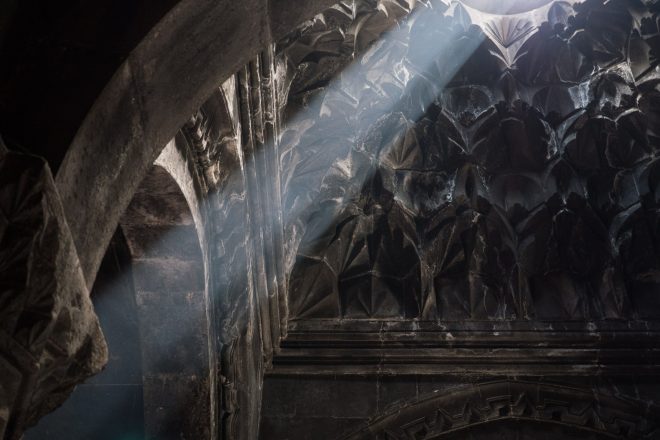
The medieval Geghard monastery is just a short ride further, and makes for a unique sight as this building is partially constructed inside a mountain. From the outside, the Geghard monastery doesn’t seem that remarkable, but that changes once you explore the inner chambers, some of which are basically caves carved out of the cliff rocks and feature beautiful rock-carved reliefs.
It’s a key tourist site in Armenia, but there were few people there when I visited, which gave it a real sort of Uncharted feel. I loved seeing the sun shine its beams through a gap in the cupola ceiling — alas, this did not seem to mark any sort of secret keyhole or lever.
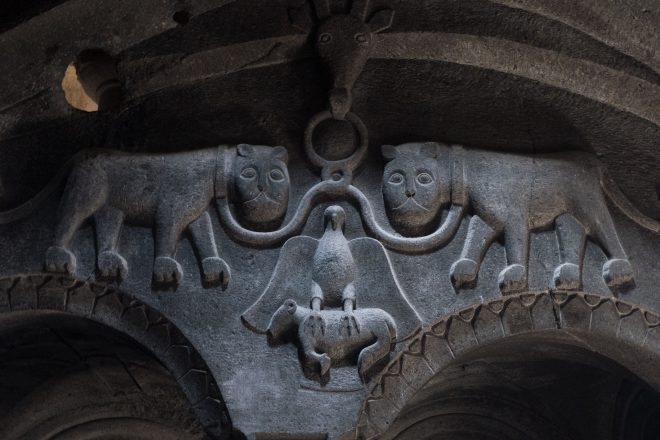
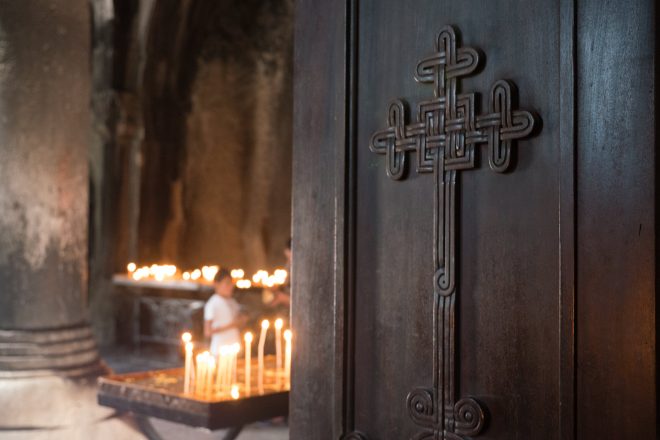
A separate trip took me to Khor Virap monastery, the construction of which is perhaps less remarkable, although it is beautifully sited. Clouds obscured Mount Ararat when I was there, but on a clear day you can get a stunning view of the monastery with the mountains looming behind it.
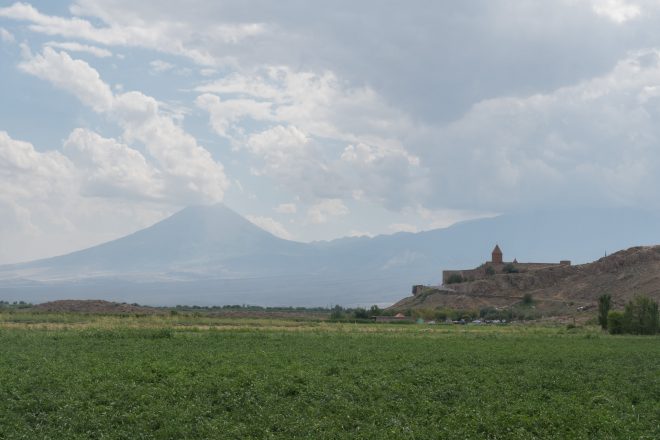
5. A chance to go off the beaten path
Although my trip in Armenia barely scratched the surface, I was glad to have paid it a visit.
The simple fact that Armenia is rarely-visited is already a great reason to go. I saw zero signs of mass tourism and even Armenia’s UNESCO World Heritage sites were blissfully uncrowded.
One of the delights of going somewhere a bit different is that you can approach a country with an open mind and truly learn something new about its history or culture. I must confess I knew little more about Armenia than that — don’t laugh — the Kardashians are from there, but I left with much more of an appreciation of this wonderful country — and its brutal dedication to water fights, of course.
Some links may be affiliate links, meaning I may earn commission from products or services I recommend. For more, see site policies.
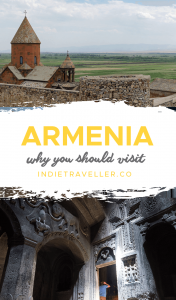
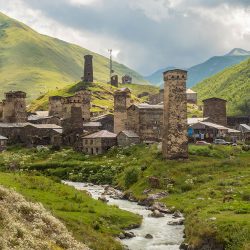
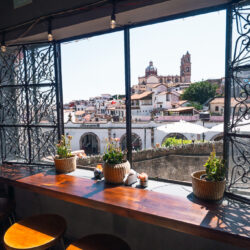




Garni Temple looks very beautiful and I want to visit it as soon as possible.